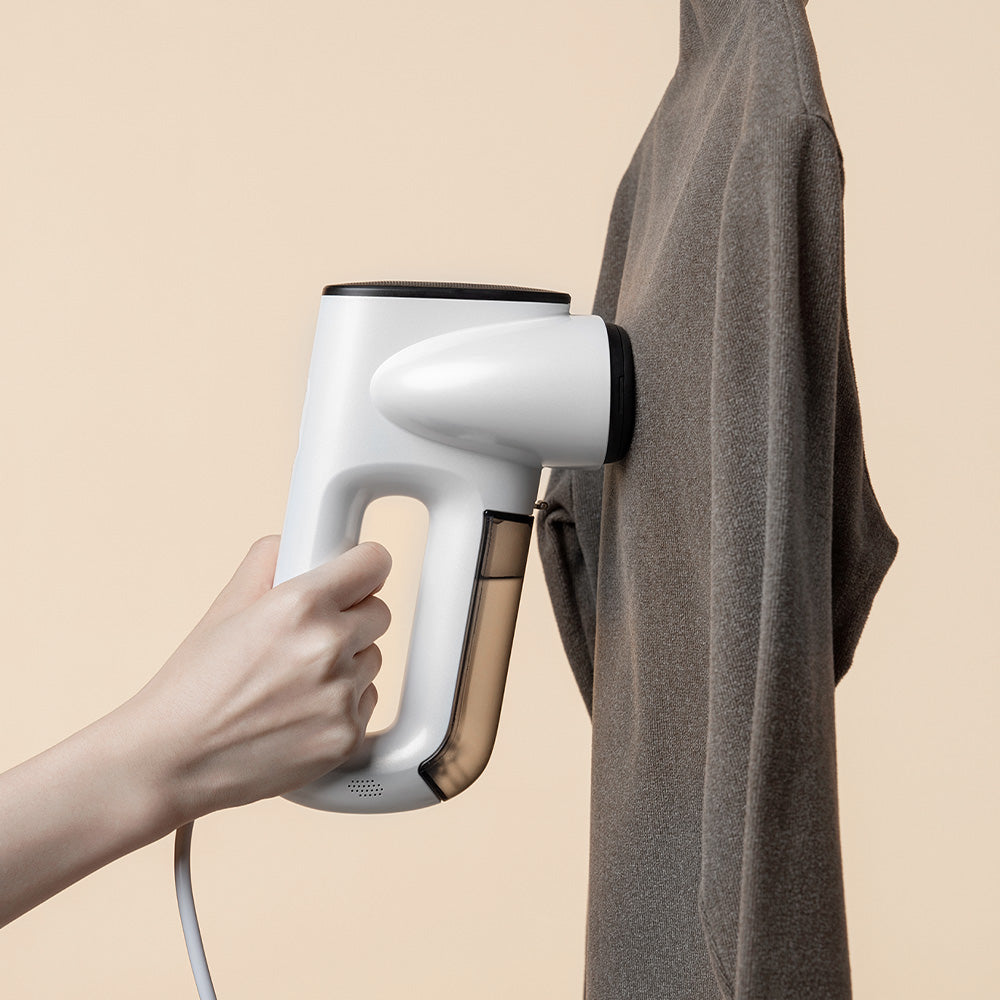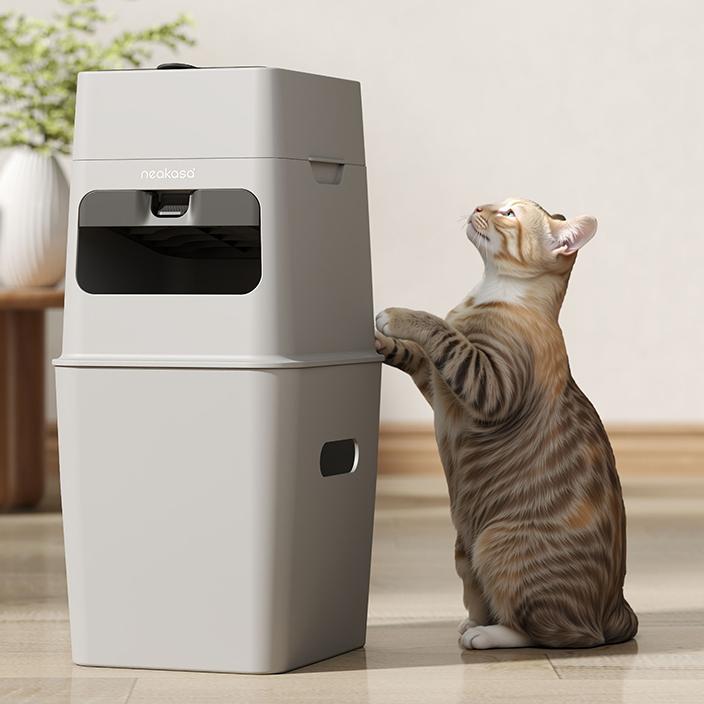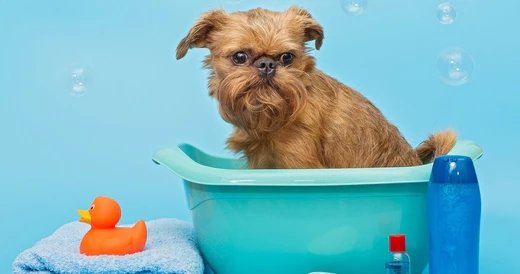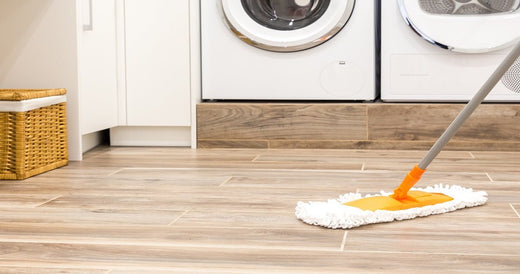Even if you often take your dog to the groomer, all dog parents need to know how to wash a dog. Because you never know if your dog might roll in something gross after hours or if your preferred grooming parlor will be temporarily closed due to unforeseen reasons.
All dogs, regardless of size, breed, or length of hair, require a periodic bath to stay happy and healthy.
It's not difficult to wash a dog. But to simplify things and reduce stress, it's a smart option to stick to a routine. This manual will make bathing easier for you and your dog partner, from preparation to cleanup.
Step 1: Prepare the Stage First

A pleasant and stress-free procedure will be made possible by setting up the washing area before the dog wash. Gather all the required materials first. Line the bathtub or basin with a non-slip plastic mat after everything is within reach. This will reassure your dog and help him stay calm as the water starts to flow.
Step 2: Get Your Dog
Get your dog to accompany you in the shower area by offering a healthy reward (little chunks of chicken or butter work nicely). Just be careful not to pressurize him when gently encouraging him. If you're dealing with a difficult subject, fasten his leash to his collar to signal that he has to start listening.
Put one hand under your dog's torso and the other below his rear legs to help hoist him into the sink or bathtub. Lift with your knees rather than your back if he is heavy. Recognize your limitations and get a friend's assistance if you can't lift your dog by yourself because of its weight.
To stop your dog from running off during the dog wash, fasten the leash. Rub some organic peanut butter on the side of the tub if he poses a high-flight danger to distract him.
Step 3: Wet Your Dog
Before washing your dog make sure the water isn't too hot or cold before thoroughly wetting your dog from the root of his cranium to the end of his tail. Ensure that you pay particular attention to places like his legs, chest, and crotch.

Given that dogs' coats are water-resistant, you might want to keep a bucket of lukewarm water and a sponge close by to keep him wet throughout step four. Since it is less invasive than spraying, you can also soak his head with a sponge.
Step 4: Use Shampoo
Before self-dog wash, avoid using dish soap and human shampoo since their high levels of acidity might disrupt the delicate pH balance of your dog's skin. Ask your vet which shampoo will adequately suit your dog's needs if he has dry, flaky, or oily skin. Otherwise, search for an item with few components and no alcohol, and stay away from anything with abrasive detergents or surfactants.
Fill your hand with a dog-specific all-natural shampoo. The shampoo should be applied to your dog's skull base. Lather up around his head and torso, avoiding his eyes. Work your way through his body with long, delicate strokes, as you did with the water. The majority of shampoo directions tell you to let the liquid sit on your dog's coat for a few moments. Praise your dog and continue his "massage" if he begins to become restless while you wait.
Step 5: Keep Rinsing

Even though an all-natural dog shampoo shouldn't make a lot of suds, it's still crucial to rinse it all out. From head to tail, thoroughly rinse your dog until the water is clear. Then do it once again! To part his hair, use your fingertips, being careful not to get any soap on his skin.
Step 6: Use Conditioner
This procedure isn't always required, particularly if your dog's coat is already soft and silky by nature. Adding a conditioner made specifically for dogs to wash during the winter or whenever their hair is on the thin side can be a nice idea. Use the conditioner that matches the shampoo you used, if at all possible.
Step 7: Dry Your Dog
Your dog can be dried in one of two ways: with a towel or a blow dryer. The first alternative is the obvious choice for timid canines who don't appreciate loud noises.

Regular bath towels are fine, but they might be heavy. If your dog is outgoing, a blow dryer is the best choice. According to Eryka Hawkins, marketing associate at Clean Tools, "The Absorber absorbs water far more quickly than a bath towel, making the process speedier and more fun for your pet." "Once saturated, it wrings out, unlike a bath towel.
Tips:
1. Before self-wash dog wash, remove the excess hair on the dog's body in advance, and you can also comb the knotted areas of the hair, so that it will be easier to clean when using shampoo. Neakasa P2 pro grooming kit is a good choice.

2. The ideal shower temperature is 36-38 degrees. A high shower temperature will irritate the skin and cause dryness. In addition, for dogs without sweat glands, if the shower temperature is high, the body temperature cannot be adjusted, and it is likely to suffer from heat stroke.
3. In order not to scare the dog, start the shower from the hind legs and buttocks, and the shower head should be close to the dog's hair, which can reduce the sound and irritation, and then slowly shower from the back, chest, front feet and other places.









Leave a comment
This site is protected by hCaptcha and the hCaptcha Privacy Policy and Terms of Service apply.